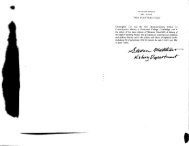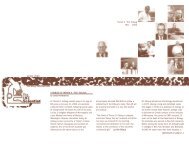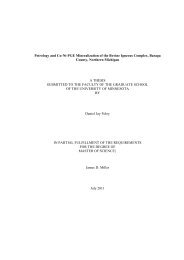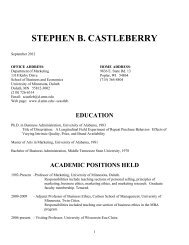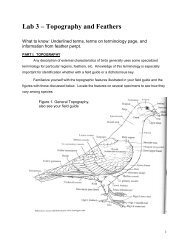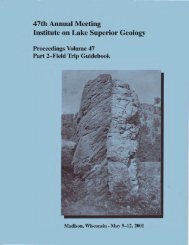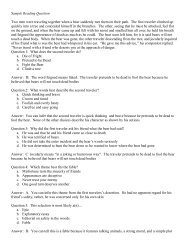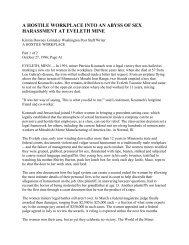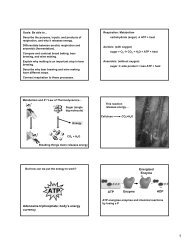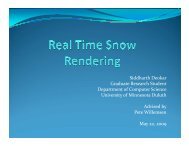Create successful ePaper yourself
Turn your PDF publications into a flip-book with our unique Google optimized e-Paper software.
Solution:<br />
First draw the displacement schedule to scale, and divide the cam into 12 equal sections. The cam is<br />
rotating in the clockwise direction so that the cam is layed out in the counterclockwise direction.<br />
Then draw the locations of the follower. The cam profile is then drawn such that the cam is tangent<br />
to the follower in the different positions. The cam is drawn as follows:<br />
Problem 8.19<br />
5<br />
4<br />
6<br />
7<br />
8<br />
- 363 -<br />
3<br />
2<br />
1<br />
12<br />
11<br />
9 10<br />
Lay out a cam profile using a harmonic follower displacement (both rise and return). Assume that<br />
the cam is to dwell at zero lift for the first 100˚ of the motion cycle and to dwell at a 1 in lift for cam<br />
angles from 160˚ to 210˚. The cam is to have a translating, radial, roller follower with a 1-in roller<br />
diameter, and the base circle radius is to be 1.5 in. The cam will rotate clockwise. Lay out the cam<br />
profile using 20˚ plotting intervals.<br />
Solution:<br />
The displacement profile can be easily computed using the equations in Chapter 8 in a spreadsheet<br />
or MATLAB program. The profile equations are:<br />
For 0 100˚<br />
y=0<br />
For 100˚ 160˚<br />
y = L <br />
<br />
1 cos <br />
2 <br />
where L = 1, = 100˚, and =160˚100˚= 60˚.<br />
For 160˚ 210˚<br />
y=1




